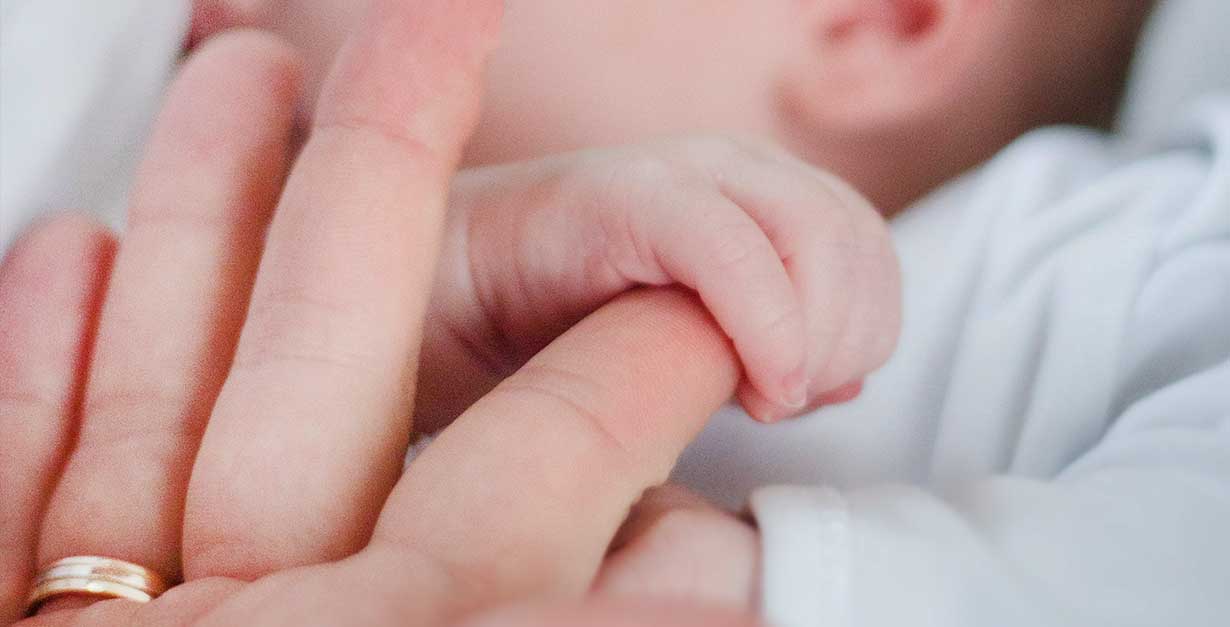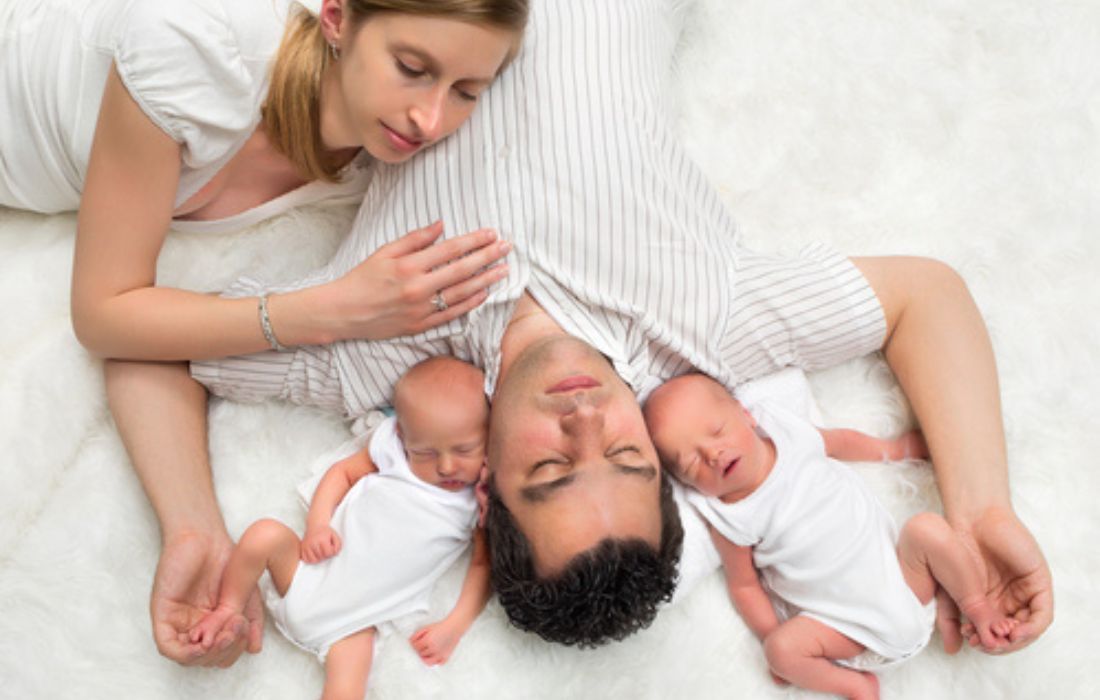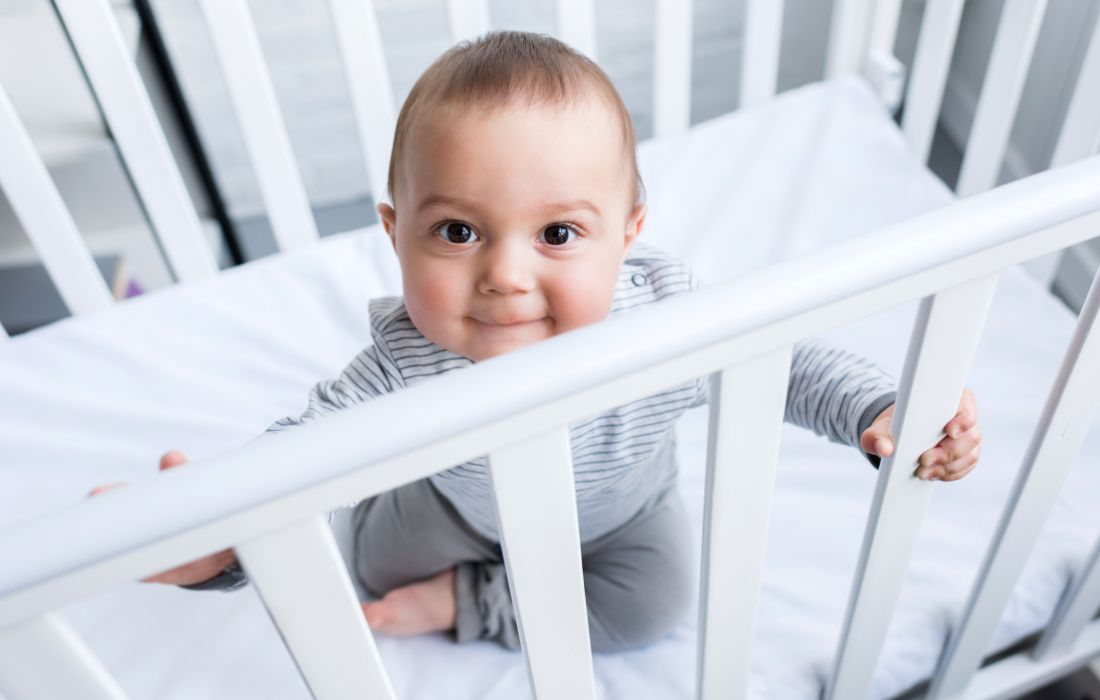Safe Cosleeping: Creating a Safe Environment for your Baby
How you choose to sleep is personal, and if you choose to co-sleep, there are a few things you need to know in order to be safe and secure. Parents need to ask themselves a few questions before they make the decision to co-sleep, even if it’s just for a couple days so that they can get some sleep. You need to be clear about your intention. Why are you co-sleeping? And how long? Do you just want to co-sleep for a few months or years? Or are you utilizing co-sleeping as a backup for those desperate moments before you and your baby are ready for sleep coaching. If you’re going to, it’s important that you learn about safe cosleeping:
- Making an informed choice with everyone involved
- Safe sleep area
- Where the baby should sleep
- Appropriate clothing
- Going to bed sober
Explore Your Options Before Cosleeping
I would encourage you to explore alternative options to bedsharing first. Perhaps putting a small bassinet or a crib next to the bed is a better choice for your situation. Both of these are safe middle-of-the-road options. Cribs with nothing but a tightly-fitted sheet don’t pose a suffocation hazard, and you still have the benefit of keeping your baby close to you.
Roomsharing IS recommended. Want to know more?
Read: Room Sharing For The First Year: Is It Right For You?
Safe Cosleeping and Your Mattress
Have you ever looked at the difference between a crib mattress and an adult mattress? Most people probably don’t give it a second thought, but pillow tops, feathers, extra soft…these aren’t options you’ll find available when you choose a crib mattress. They are quite common in adult beds in the United States. In countries where co-sleeping is common practice, these fluffy options are not the norm.
Everyone on Board with Safe Cosleeping
This may seem like an obvious statement, but it’s very important if there are two parents, that both parents want to co-sleep. When you share your bed with an infant or toddler, both adults are responsible adults, and caring parents. It’s both of your jobs to make sure that your baby is cosleeping safely.
I suggest that you sit down as a family and discuss what safe co-sleeping really means. I’ve spoken to families where one parent adamantly wants to co-sleep and the other does not. This can cause significant marital distress, and is not a happy, healthy environment for your baby.
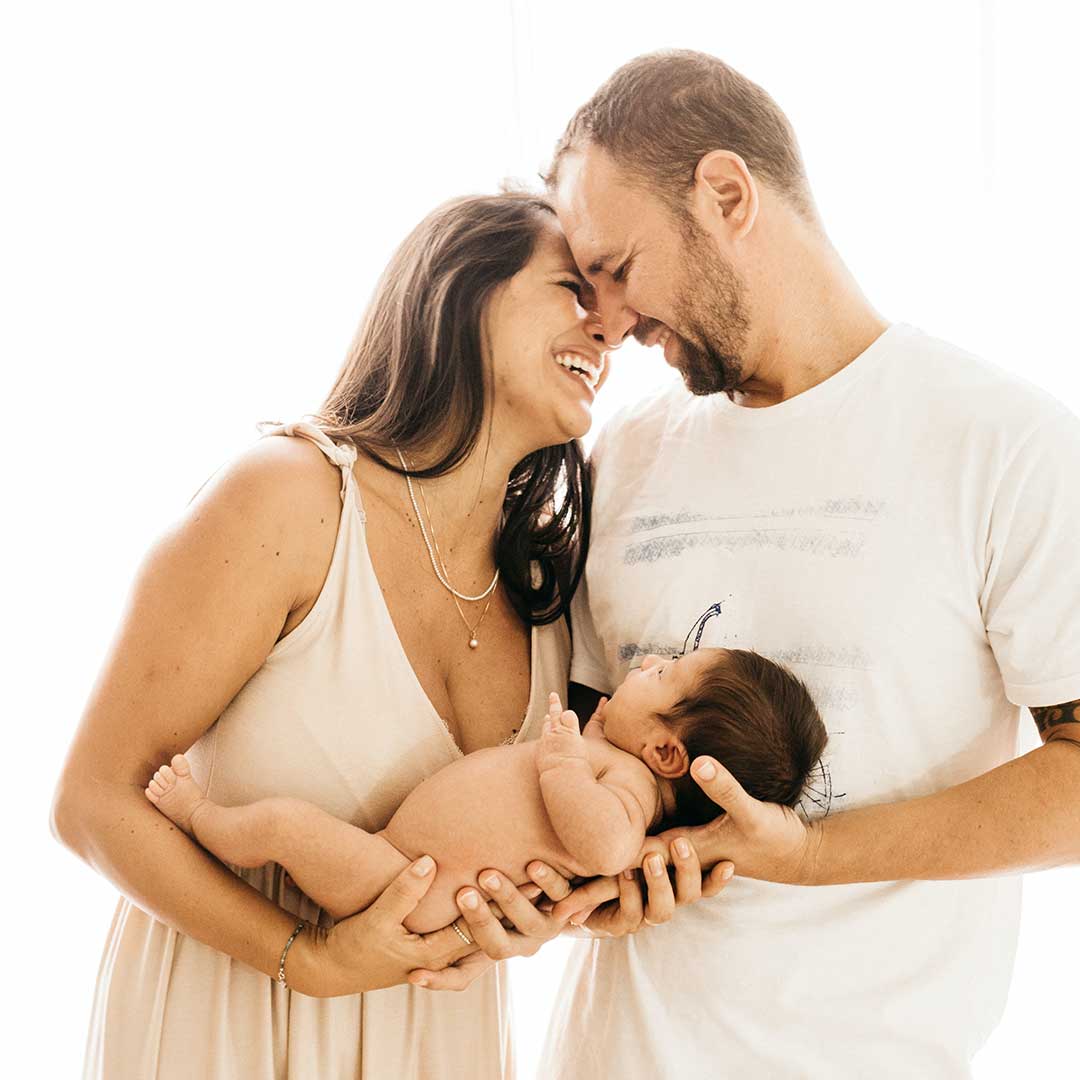
Once everyone is on board, talk about any changes that need to happen, and how it will affect everyone. Discuss how co-sleeping may be a long-term commitment, one that will continue until your baby is ready to move into their own bed. Consider what happens if you have more children. You also need to agree to be equally responsible while you sleep, and create your safe co-sleeping area as a family.
Inspect Your Sleep Area
The sleep surface (a.k.a. your bed) should be firm, without extra pillows, stuffed animals, heavy blankets, feather beds, extremely soft pillow tops, or other suffocation hazards. Take a long look at your bed, and think of it like you would a crib. Does your mattress have a pillow top? Do you sleep on a feather bed? A waterbed? Is your winter weight comforter really necessary? Infants should always sleep on their backs, so be sure that your bed is safe and conducive to back sleeping.
Inspect are the headboard and footboard. Ensure that your mattress fits snugly into the frame. If there is space, your baby could fall and become trapped. Where the mattress is not snug, consider completely filling the gaps or remove the bed from the frame and place it on the floor away from the wall. If that’s not an option, then consider a co-sleeper, which is essentially a bassinet that fits snugly against your mattress, or even a crib next to the bed where baby is safe and secure.
Don’t forget to take a look at where you bed is located. Is it near lamps, curtains, drapes, blinds, or cords? These all post risk of strangulation, and should not be near your baby. If these items are an issue, simply move your bed to a location away from the offending items. Once you’ve prepared your bed and sleep area for safe cosleeping, it’s time to figure out where your baby should sleep.
Can your baby sleep through the night in your bed?
Read: Co-Sleeping And Sleeping Through The Night — Is It Possible?
Baby Should Sleep By Mom
Where baby sleeps in your bed is important. Moms, especially breastfeeding moms, generally spend more time in lighter sleep stages, which means that she is more aware of baby. If you are worried about having enough space, consider utilizing an approved bed extender or side rail to keep baby safe.
Moms also tend to sleep in a protective position, with knees curled under baby. This helps prevent any scooting down under the blankets.
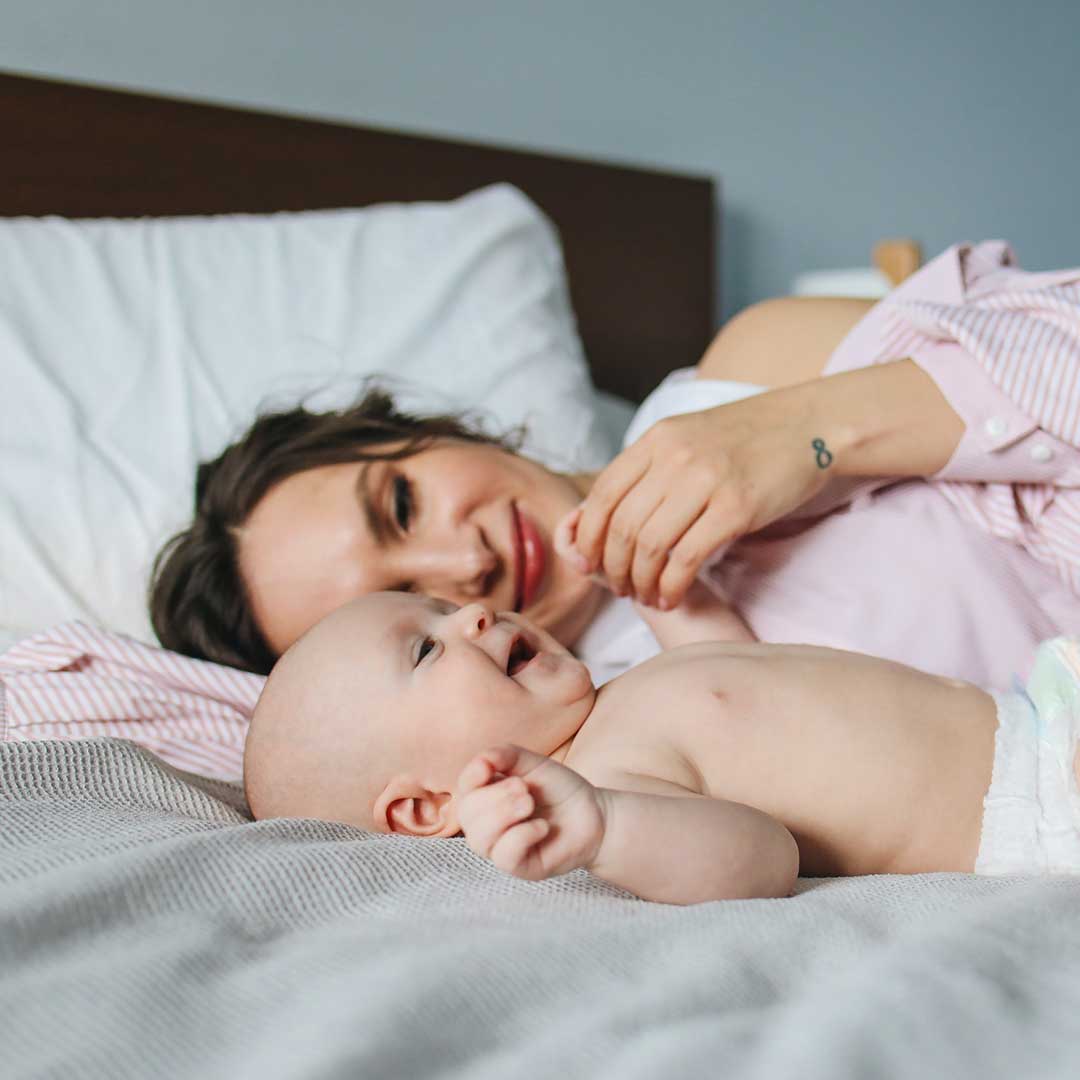
Layer Your Clothes for Cosleeping Safely
Speaking of blankets, did you know that babies sleep best between 60 and 64 degrees Fahrenheit? That may seem a bit chilly to your or me, but it won’t to your infant. Infants sleep best and much safer with a lightweight cover, or none at all.
If you’re too cold, consider investing in some silk long underwear, flannel pajamas, fuzzy socks, or even a nice warm sweat suit. You can always add and remove layers to adjust to the temperature. You may even want to consider putting your baby into a sleep sack to avoid blankets altogether if you’re worried that your baby won’t be warm enough.
Did you start cosleeping, but want to stop?
Read: How To Stop Co-Sleeping: Transitioning Your Child To A Bed
Safe Cosleeping Means Sleeping Sober
Be sure that when you go to bed with your baby you haven’t been drinking and aren’t medicated. Reaction times become slowed when a person is impaired, and anything that impairs your natural abilities could cause you to roll onto the baby or not be aware of them.
Co-sleeping can be a wonderful bonding experience for the family. If you, your partner and child(ren) sleep soundly at night, enjoy safe co-sleeping. If you are re-actively co-sleeping, you may want to explore some other gentle sleep options, or even move the baby into a crib next to your bed.
Remember, your sleeping arrangements are ultimately about everyone getting a good, restful night’s sleep.
When it comes to co-sleeping, we are passionate about finding a solution that feels right for you.
We’re the only online sleep training course that addresses co-sleeping - whether you want to end it or safely continue. Register for Gentle Sleep Solutions today to start getting the sleep your family needs!






